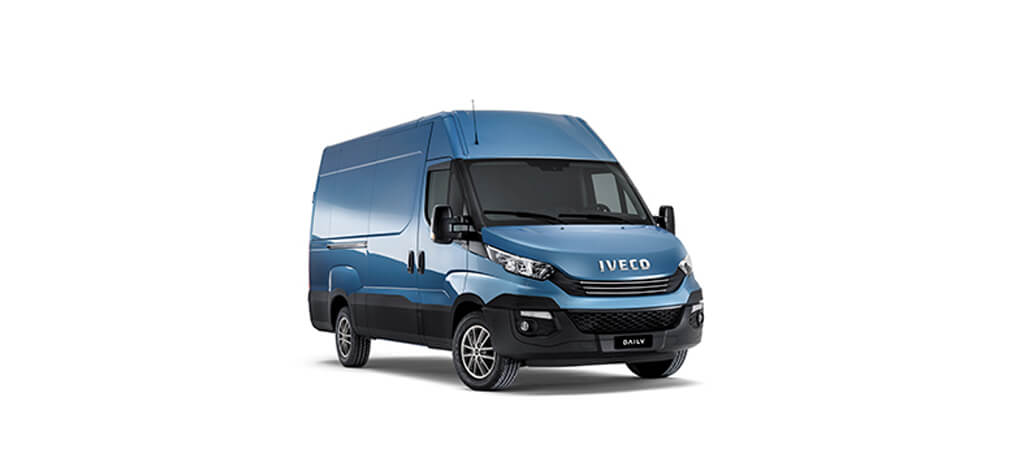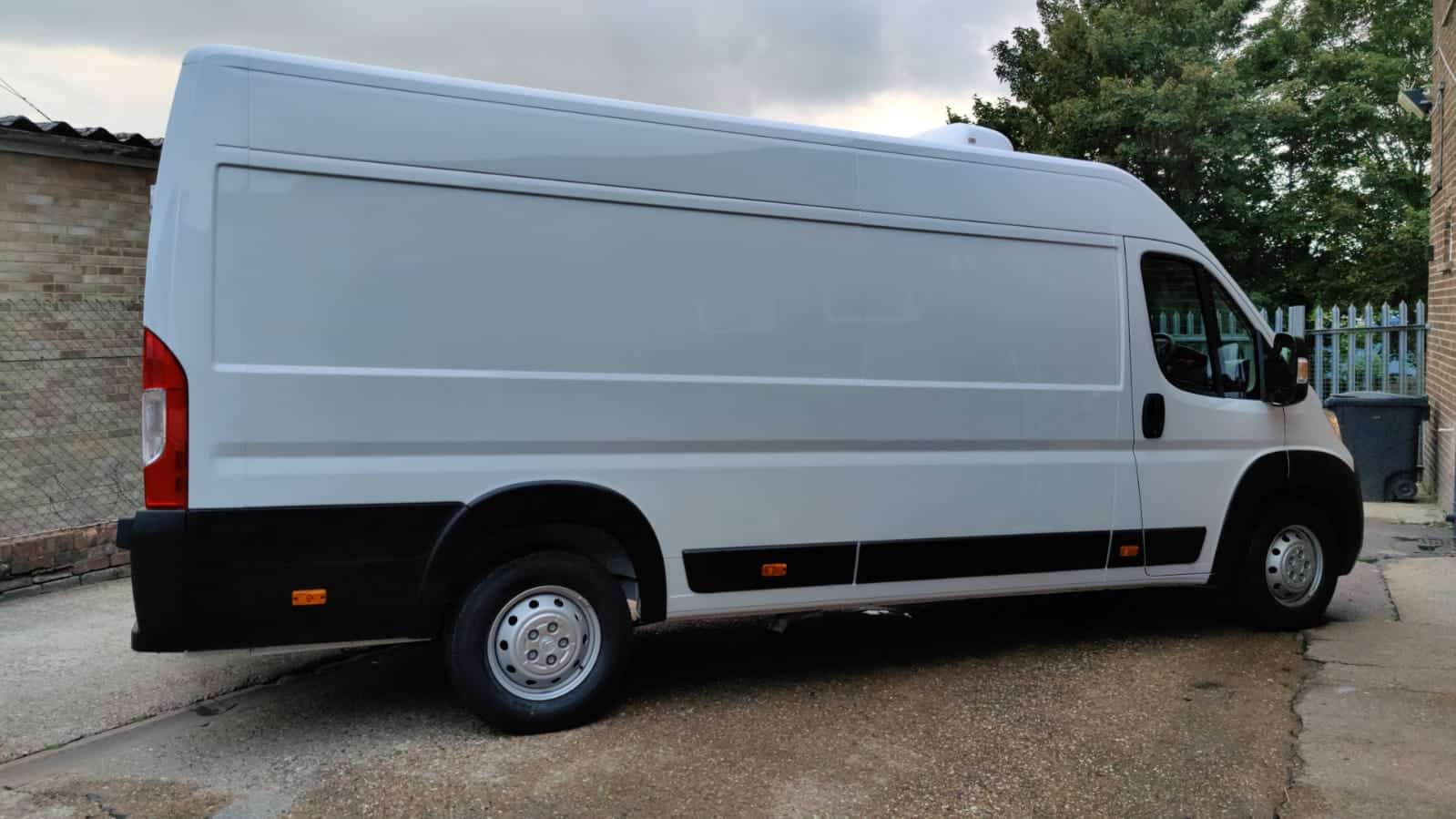The grocery business has become more and more reliant on the sale of fresh produce over recent years. Around 40% of grocery sector income is made up of baked goods, fruit and veg,dairy products, meat and fish. The supply chain has to be right, as the handling and transport of these goods can lead to a great deal of wastage.
Refrigerated vans are a key part of the logistics process with many benefits, but it takes more than simply purchasing a van to get the process running smoothly. The products are easily damaged, perishable and quality control processes can be very costly.
As more and more consumers seek a healthier lifestyle and want to eat fresher food the task becomes more complex. An expanding range of fresh food must be transported, requiring distinct environments in terms of temperature and humidity, and different handling strategies.
The most successful food retailers indeed take a strategic approach to their refrigerated van fleet and to every step in the transportation process. They focus on offering a value proposition, rather than just trying to do everything as cheaply as possible. They merchandise well, ensuring that customers appreciate the quality of what they have to offer. Their sourcing and supply chain processes focus on the best producers, who are aligned with their goal to get the food produce to market as fresh as possible. They consider the procedures in the shop, to make sure that the last link in the chain is as strong as every one before it. They also take a pragmatic approach to waste and quality management, considering the two as an integrated dynamic that are intrinsically linked to the quality they offer.
Refrigerated transport and handling processes
At every stage of the process there are people and there is transport. When these two come together there is the possibility for mishandling or mismanagement. The people and transport are often the most important aspect of the supply chain; sometimes costing more than it actually cost to produce the food. Choosing a van and temperature controlled environment is down to the type of produce, the distance of transport, the value of the product, and any handling difficulties.
In any retail supply chain dealing with fresh produce it is vital that some key principles are built into the refrigerated transportation process.
- Transport times should be reduced as much as possible
- The fresh food must be kept safe and protected from physical damage and temperature changes
- The good must not become dehydrated
- Airflow, humidity and temperature must be carefully controlled and continuously monitored
The quality of refrigerated vans these days, with flexible storage, closely controlled atmospheres, and a range of sizes to meet different logistical requirements means retailers are more able to transport fresh goods than ever before. We have come a long way from the ice being transported from Lake Wenham in the US to be used in London retail outlets. Refrigerated vans are now versatile enough to tackle the plethora of needs any retail could have.
Every step is crucial
The chain to get fresh produce from the field to the consumer involves many small journeys. The truth is that the shorter the journey the less important it is normally deemed by those making it. The reality is that every short journey counts, and the entire chain must be aligned in the same vision; to get the food to market as fresh as possible. Journeys at source are hard to control (hence the need to choose sources carefully). Challenges in the chain can increase wastage, reduce end consumer satisfaction with products, and even lead to poor handling practices and injury amongst workers. Modern equipment can work hand in hand with transport vans to increase the speed and safety of transportation over these short repetitive journeys. Investment in the supply chain certainly pays dividends.
Some steps that can help in the supply chain include.
- Choosing packaging that fits the process, and is easily loaded
- Providing training on food freshness and loading to all staff in the chain
- Using ramped loading bays
- Using conveyors, fork lifts and trolleys for the shorter journeys to the vans
- Using small refrigerated vans for small journeys
Loading onto refrigerated vans should not be a haphazard process. Staff need to be able minimise the motion of the food produce whilst maximising use of the available space. They need to leave ventilation gaps and spread the weight as evenly as possible. With loads of mixed produce they should be mindful of the load order; last in first out. It is also important to have well trained van drivers too. The great things is that vans these days come with side loading and rear loading doors. The storage containers within can be bespoke built to ensure they are appropriate for the produce.
Refrigerated vans are not necessarily a must at every step of the way. Enclosed vans can be used for shorter journeys; especially if they are cooled. Open vans offer natural ventilation. However, in the majority of cases refrigerated vans provide the optimal environment for ensure the safe passage of perishable food produce from the field to the consumer.



